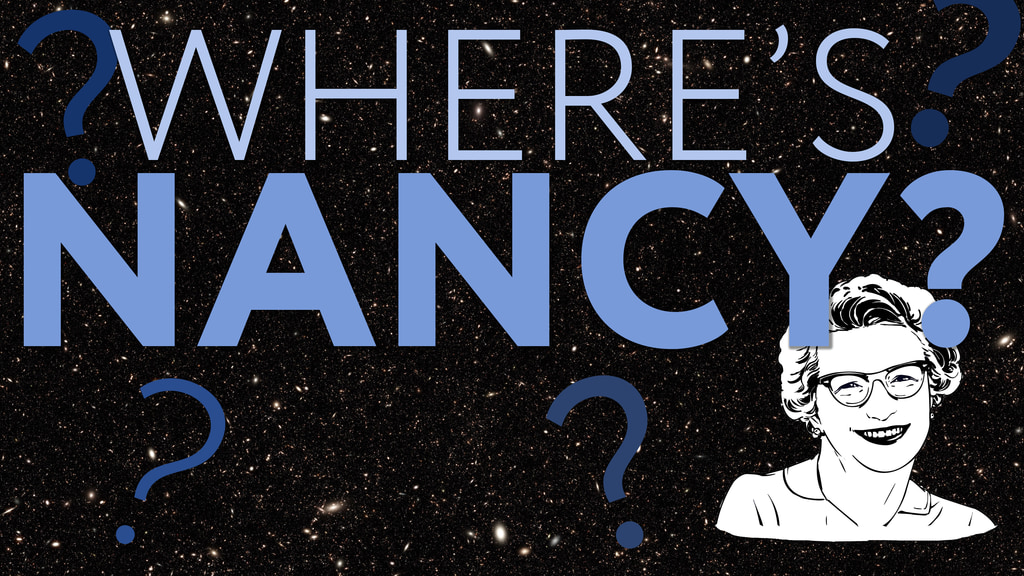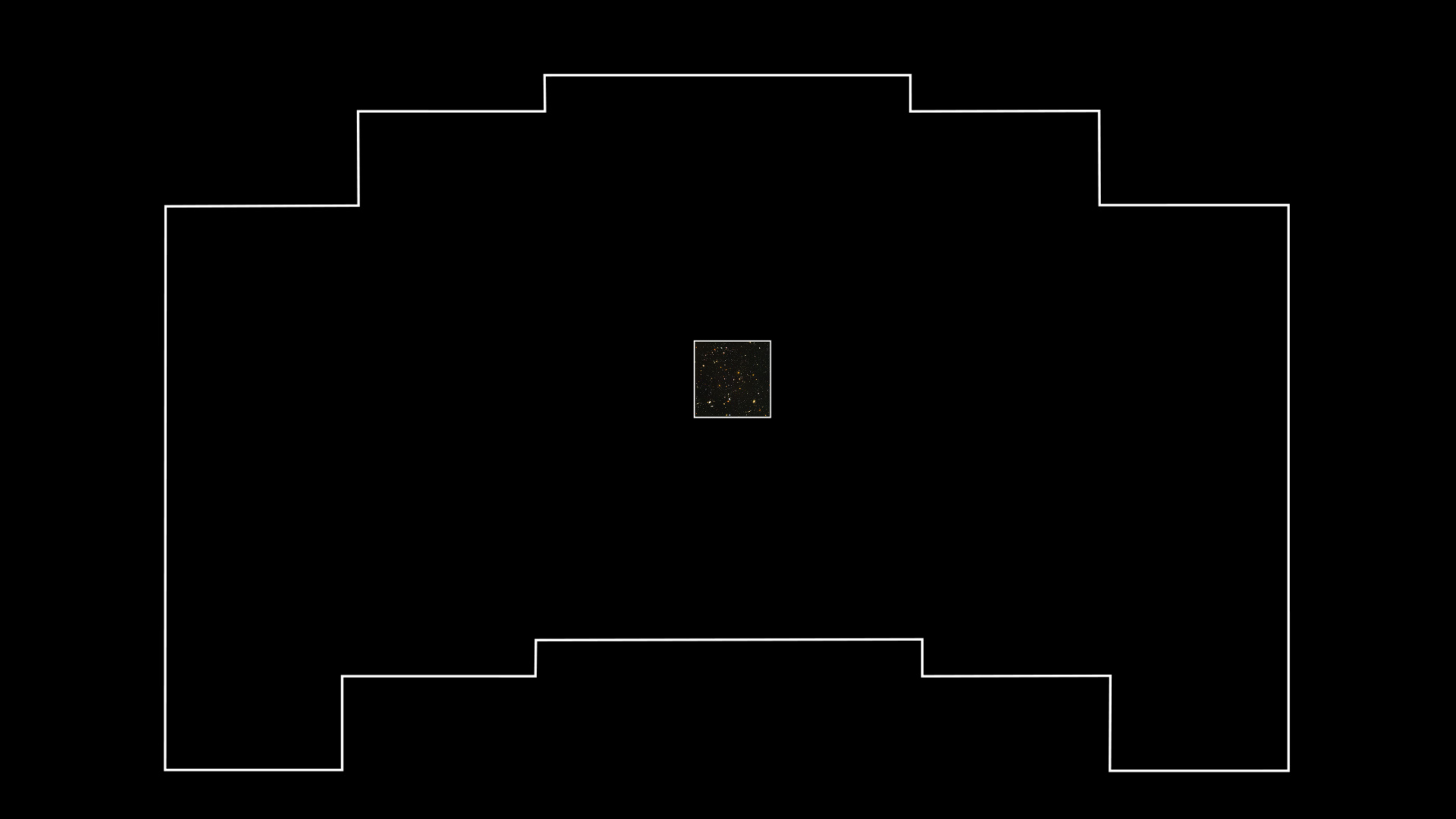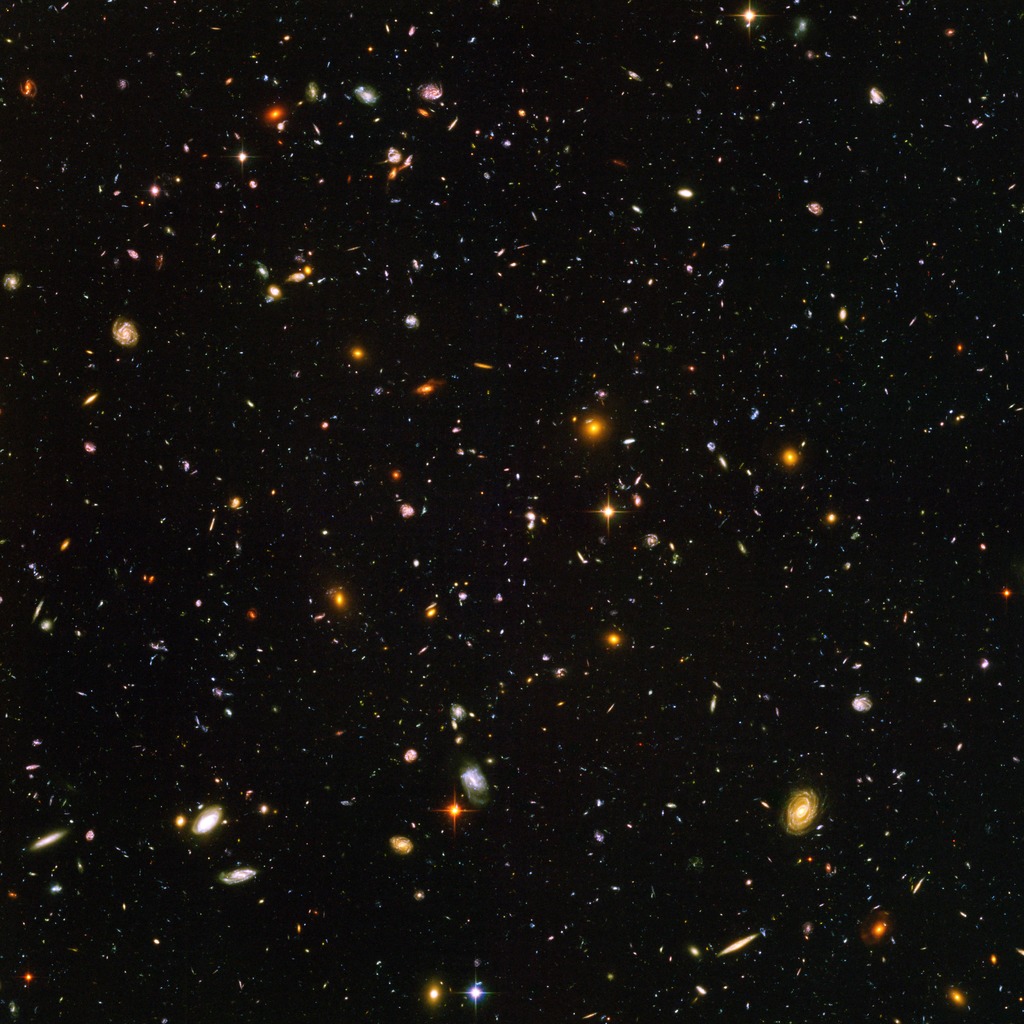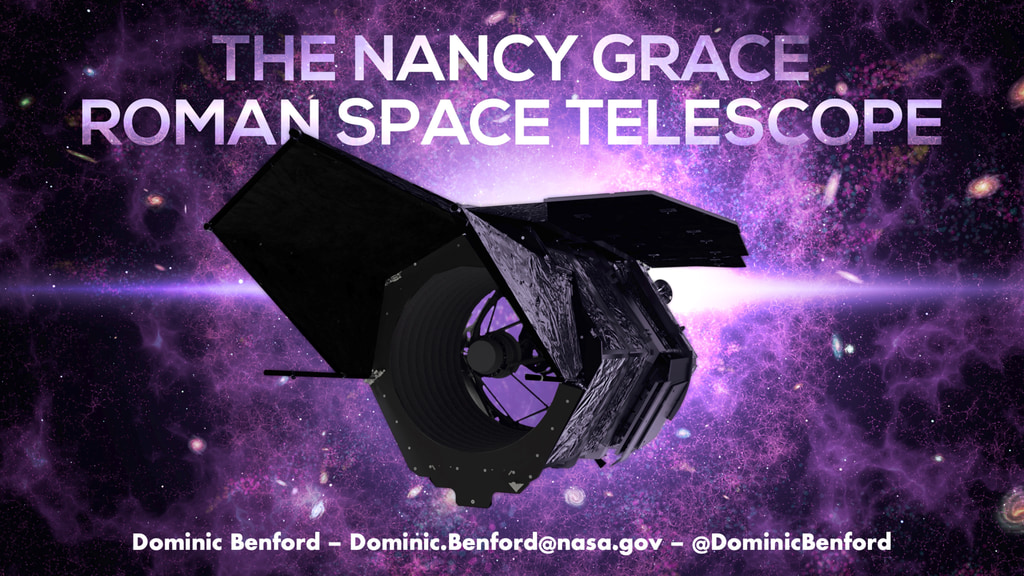The Roman Space Telescope's Simulated Ultra-Deep Field Image
This video demonstrates how Roman could expand on Hubble’s iconic Ultra Deep Field image. While a similar Roman observation would be just as sharp as Hubble’s and see equally far back in time, it could reveal an area 300 times larger, offering a much broader view of cosmic ecosystems.
Credit: NASA’s Goddard Space Flight Center
Music: "Subterranean Secret" and "Expectant Aspect" from Universal Production Music.
Watch this video on the NASA Goddard YouTube channel.
Complete transcript available.
A team of astrophysicists has created a simulated image that shows how the Nancy Grace Roman Space Telescope could conduct a mega-exposure similar to but far larger than Hubble’s celebrated Ultra Deep Field Image. This Hubble observation transformed our view of the early universe, revealing galaxies that formed just a few hundred million years after the big bang.
By capturing the Hubble Ultra Deep Field image, astronomers pulled aside the cosmic curtains to reveal that a tiny, seemingly empty slice of the sky was actually teeming with thousands of galaxies, each containing billions of stars. The Hubble team harnessed the power of a long exposure time – hundreds of hours between 2002 and 2012 – which allowed the telescope to collect more light than it could in a single, short observation. The resulting image helped us see more than 13 billion years back in time.
Hubble’s Ultra Deep Field offers an incredible window to the early universe, but an extremely narrow one, covering less than one ten millionth of the whole sky. The new simulation showcases Roman’s power to perform a similar observation on a much larger scale, revealing millions of galaxies instead of thousands. While a Roman ultra-deep field would be just as sharp as Hubble’s and peer equally far back in time, it could reveal an area 300 times larger, offering a much broader view of cosmic ecosystems.
To generate their simulated Roman ultra-deep field image, researchers created a synthetic catalog of galaxies, complete with detailed information about each one. By doing so, the team essentially created a mock universe, basing their synthetic galaxies on dark matter simulations and observation-based models. They made the galaxy catalog publicly available so other scientists can use it to prepare for future Roman observations.
This synthetic image visualizes what a Roman ultra-deep field could look like. The image, which contains more than 10 million galaxies, was constructed from a simulation that produced a realistic distribution of the galaxies in the universe. Roman could peer across more than 13 billion years of cosmic history, reaching back to when the universe was only about half a billion years old. Such distant galaxies are extremely faint, so Roman would have to stare at one spot in space for several days to collect enough light from them. The mission’s wide field of view will provide an incredible amount of data, helping astronomers find rare objects in the epoch of reionization. The large area Roman will observe will also show differences in galaxy properties based on their surrounding environment, allowing astronomers to better understand how early galaxies formed.
Credit: Nicole Drakos, Bruno Villasenor, Brant Robertson, Ryan Hausen, Mark Dickinson, Henry Ferguson, Steven Furlanetto, Jenny Greene, Piero Madau, Alice Shapley, Daniel Stark, Risa Wechsler
For More Information
Credits
Please give credit for this item to:
NASA's Goddard Space Flight Center. However, individual items should be credited as indicated above.
-
Producer
- Scott Wiessinger (KBR Wyle Services, LLC)
-
Science writer
- Ashley Balzer (ADNET Systems, Inc.)
-
Scientists
- Nicole E. Drakos (University of California Santa Cruz)
- Brant Robertson (University of California Santa Cruz)
-
Narrator
- Barb Mattson (University of Maryland College Park)
-
Public affairs officer
- Claire Andreoli (NASA/GSFC)
Missions
This page is related to the following missions:Series
This page can be found in the following series:Release date
This page was originally published on Monday, January 10, 2022.
This page was last updated on Wednesday, March 13, 2024 at 12:30 PM EDT.



